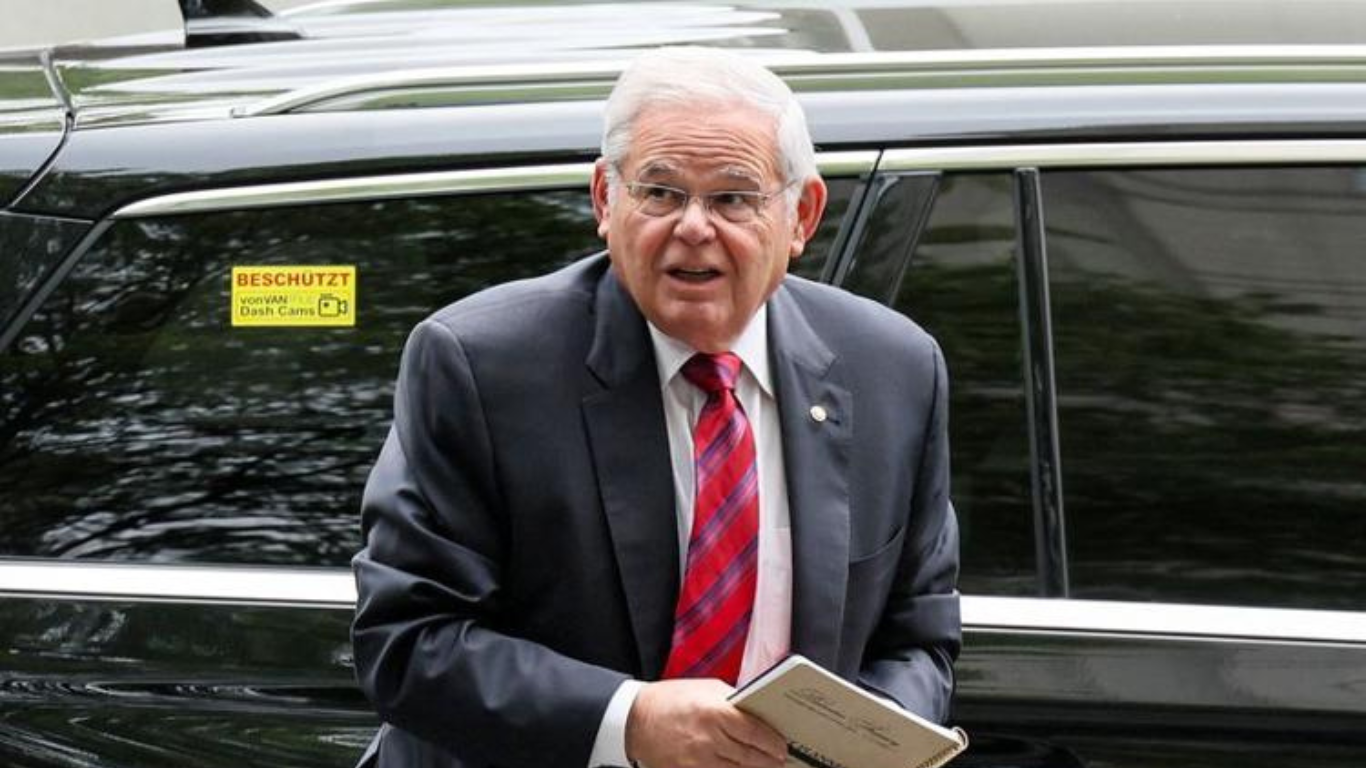










At Wednesday’s opening bell, Indian stock indices showed marginal gains, following positive trends from overnight US markets and the return of foreign portfolio investors (FPIs). As of 9:28 am, the Sensex stood at 72,357.98 points, marking an increase of 171.88 points or 0.24 percent, while the Nifty reached 21,993.15 points, up by 63.75 points or 0.29 percent. Among the Nifty 50 stocks, 34 advanced, 15 declined, and 1 remained steady at the time of reporting.
Investors are closely monitoring the outcome of the three-day RBI monetary policy meeting scheduled for Thursday. During these meetings, the RBI deliberates on key factors such as interest rates, money supply, inflation outlook, and macroeconomic indicators. In the previous December meeting, the RBI opted to maintain the policy repo rate at 6.5 percent for the fifth consecutive time.
SBI Research anticipates that the Monetary Policy Committee of the RBI will maintain the status quo on the repo rate during its February review meeting. The repo rate, which determines the rate at which the RBI lends to other banks, has witnessed several pauses after a cumulative increase of 250 basis points since May 2022, primarily aimed at combating inflation. While retail inflation in India remains within the RBI’s comfort level of 2-6 percent, it stood at 5.69 percent in December, slightly above the ideal 4 percent scenario.
In terms of FPI inflows, foreign portfolio investors have resumed accumulating Indian stocks this month after turning net buyers in January. Their investments in equities amount to Rs 3,044 crore so far. This comes after FPIs aggressively sold Indian stocks in January, transitioning from net buyers in November and December to net sellers. These developments reflect the ongoing volatility in the Indian equity market and the impact of global economic trends on investor sentiment.









